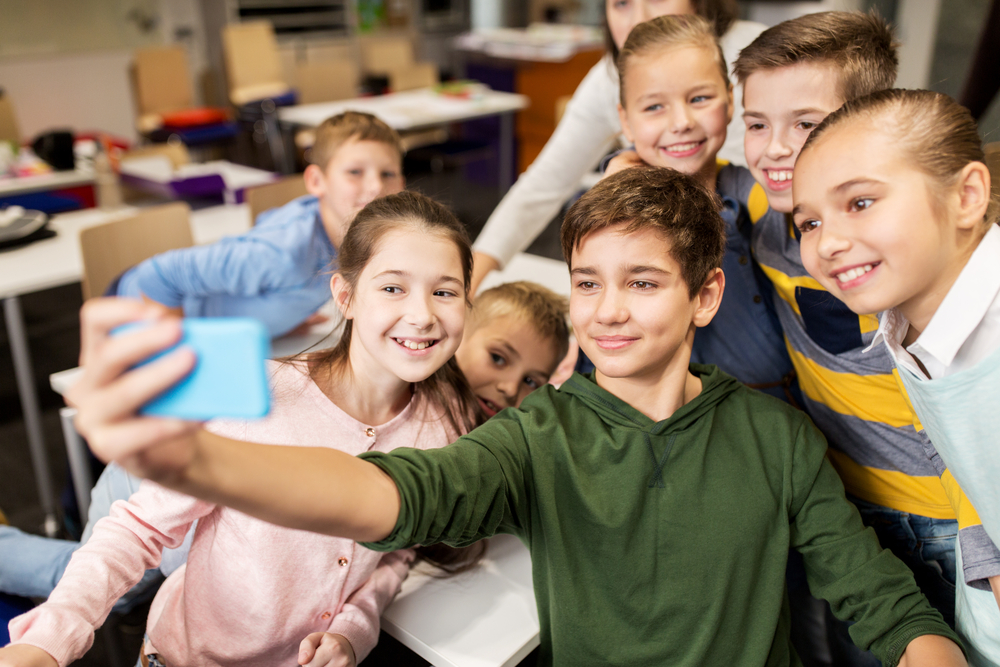Do Cellphone Bans in Schools Work?
- July 8, 2025
- By Ryan Harris
Cellphones are the Swiss Army knives of the modern world. They wake us up, let us talk to friends, snap photos of our lunch, and sometimes, maybe even help with homework.
So when schools say, “No phones allowed!” it can feel like someone just cut the Wi-Fi during your favorite YouTube video. But here’s the thing: more and more schools are banning cellphones entirely.
Are these bans a step in the right direction, or are we just cutting off kids from a digital world they’re already growing up in? Let’s explore whether cellphone bans in schools really work.

A Look at Why Schools Ban Cellphones
Cellphones bring a lot to the table, but not all of it is good. According to recent research, over 70% of teachers and school administrators say phones are major distractions. Imagine trying to solve a tricky math problem while your friend sends you memes. Not exactly a recipe for academic success. Beyond just being distracting, phones can also be gateways for cheating, cyberbullying, and even social pressure.
When schools ban phones, they’re often hoping to improve focus, reduce bullying, and help students interact face-to-face more. Some schools take a total ban approach, where students must leave their phones at home or lock them in pouches all day. Others allow phones but only for mobile learning or specific tasks, like lunch or after school.
The goal? Create a learning environment where students can concentrate, communicate in real life, and feel less anxious about likes, texts, and notifications. But does it actually work?
What Happens When Cellphones Disappear
Once phones are out of the picture, a few things tend to happen. First, distractions do go down. Teachers report fewer students trying to sneak a peek at screens during lessons. That means more eyes on books and boards and fewer on TikTok dances.
Second, social dynamics start to change. Without screens at lunch or in between classes, students often talk more. They might toss a football, trade stickers, or just laugh and joke the old-fashioned way. For some kids, that can be a big plus. It builds friendships and helps develop social skills.
Mental health may also get a boost. Without the pressure to constantly check messages or keep up with group chats, students can feel less stressed. They aren’t comparing themselves to Instagram filters or counting how many people liked their post.
On the flip side, though, some students say phone bans make them feel disconnected, especially if they need to contact their parents. Others argue that learning how to manage phone use is a more realistic skill than just banning them altogether.
Real Stories from Schools That Tried It
In France, a nationwide cellphone ban in schools was put in place for students under 15. Teachers noticed that students became more focused, and many parents supported the move. In Canada, several high schools that banned phones saw a drop in bullying and a rise in test scores. Similar stories come out of schools in the U.S., where even just restricting phone use during class has helped students perform better.
Still, not all results are glowing. Some schools struggle to enforce the rules consistently. Others report pushback from students who feel the policy is unfair or out of touch with how modern communication works. Some teachers also feel that phones can actually be used as learning tools in the right setting, like for research or interactive quizzes.
So, while the positive impacts are real, they aren’t always guaranteed. Success often depends on how the ban is implemented and whether students, teachers, and parents are all on board.
Can Phones Be Part of the Solution Instead?
Rather than locking phones away, some schools choose to teach responsible use. That means letting students have their phones but setting clear rules. For example, phones might be allowed during lunch but not during class unless the teacher says it’s okay.
This method tries to treat phones like any other tool—powerful when used properly, but distracting when misused. It also prepares students for the real world, where self-control and digital responsibility are key.
There are also apps designed to help students stay focused. Some teachers use phone apps for real-time quizzes, polls, and research activities. In those cases, the phone becomes a classroom helper instead of a nuisance.
The challenge? Getting students to actually follow the rules. Some might sneak a scroll when they think no one’s looking. So, while this method offers flexibility and trust, it also depends a lot on how well students can stick to the guidelines.
What Do the Experts Say?
Experts are split, but many agree on one thing: phones are here to stay, and various omnichannel trends will be hard to combat, as children inherently want to belong. That means schools need to find smart ways to deal with them, not just pretend they don’t exist. Researchers have found that too much screen time can harm sleep, attention, and mood. But they also know that phones connect kids to family, help with learning, and give them access to useful tools.
Some education experts suggest combining both approaches: limit phone use during learning hours but allow it for specific, structured activities. Others believe that banning phones helps set healthy boundaries, especially in younger students who are still learning how to focus.
The bottom line is that there isn’t a one-size-fits-all answer. What works in one school might not work in another. It depends on the students, the culture, the resources, and how well the rules are explained and followed.
Conclusion
Banning phones in schools isn’t just about removing a distraction. It’s about creating space for students to learn, connect, and grow without constant buzzing and beeping. But phones aren’t going anywhere. Instead of treating them like the enemy, schools might find better results by blending limits with lessons. That way, students not only learn math and science—they learn how to manage the digital tools that shape their world. And that might be the smartest lesson of all.
More from the blog

Kids Discover Talks with Television Lighting Designer Christopher Landy About the Rockefeller Center Christmas Tree Lighting
- December 9, 2025

It’s the Most Wonderful Time of the Year… For Community Service Projects!
- December 8, 2025

The Rockefeller Center Christmas Tree Lights the 2025 Holiday Season in New York City
- December 3, 2025